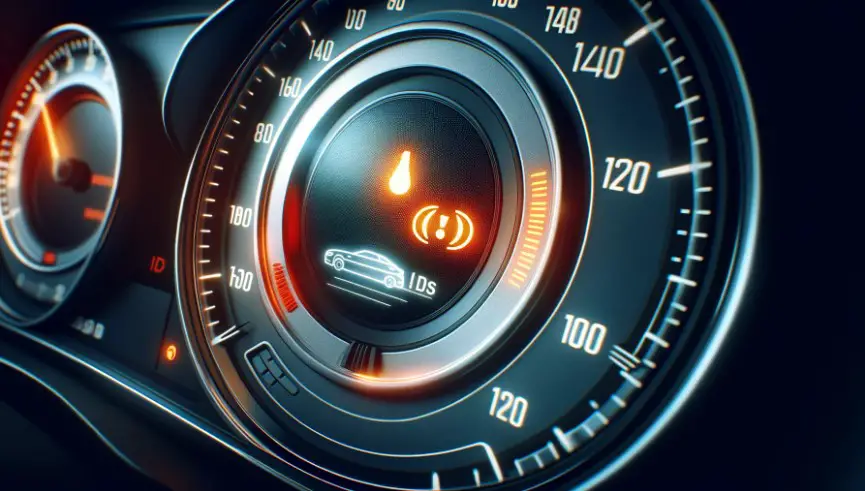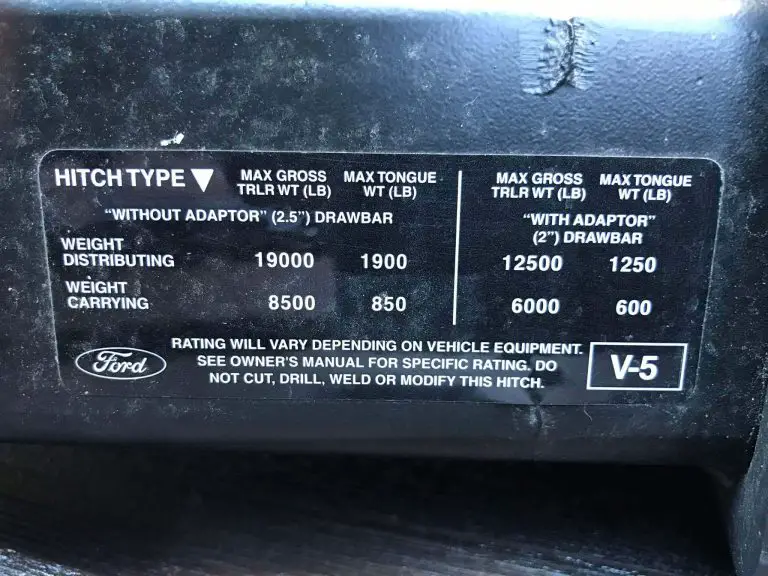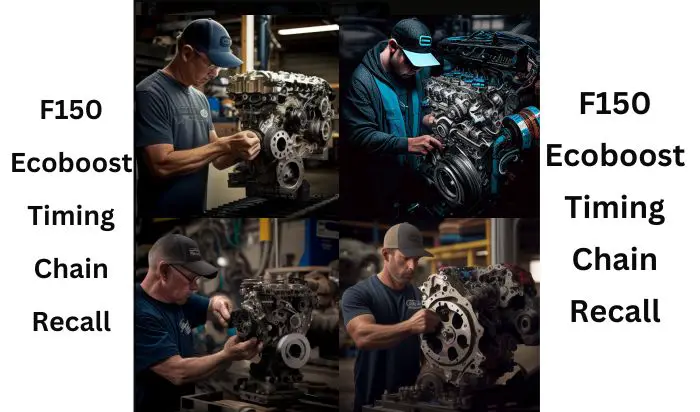How to Reset Tire Pressure Sensor: A Step-by-Step Guide
Tire pressure – it’s not just about a smooth ride, but a vital aspect of your vehicle’s safety and efficiency. Enter the unsung hero, the Tire Pressure Monitoring System (TPMS), which keeps a vigilant eye on your tires, ensuring they are always at their best. But what happens when this system needs a reset? Understanding how to reset your tire pressure sensor is not just a nifty trick; it’s a necessity for every driver. In this comprehensive guide, we’ll dive into the hows and whys of resetting tire pressure sensors, ensuring your vehicle stays on the road, and performing at its peak. From simple calibration methods to troubleshooting common issues, we’ve got you covered.
In this article, we’ll cover:
- Preparing for a TPMS reset
- Step-by-step guides to different reset methods
- Troubleshooting common TPMS issues
- Regular maintenance tips for your TPMS
Stay tuned as we steer you through the journey of maintaining optimal tire pressure, ensuring a safer and more efficient driving experience.
Preparing to Reset Your Tire Pressure Sensor
Before you begin the process of resetting your tire pressure sensor, it’s crucial to make sure your tires are in the right condition for the reset. Proper preparation is the key to ensuring that the reset process is effective and that your TPMS continues to function accurately.

Ensuring Correct Tire Pressure Before Resetting
The initial step involves confirming that each tire is inflated to the correct pressure as specified by your vehicle’s manufacturer. This information can usually be found in the vehicle’s owner’s manual or on a sticker located inside the driver’s door. Use a reliable tire pressure gauge to measure the pressure in each tire, adjusting it to reach the recommended level. This is a critical step, as the TPMS reset process relies on accurate tire pressure to recalibrate correctly.
Understanding Recommended Tire Pressure Levels
Knowing the recommended tire pressure level for your vehicle is fundamental to both the maintenance of your tires and the reset process of your TPMS. Typically, this recommended pressure is expressed in pounds per square inch (PSI) and varies depending on the vehicle and tire type.
- Finding the Recommended Pressure: This information is usually located in your vehicle’s owner’s manual and often on a placard or sticker in the driver’s side door jamb. For most passenger vehicles, the recommended tire pressure ranges between 30 to 35 PSI. However, it’s crucial to check your specific vehicle’s recommendation as it can vary.
- Importance of Correct Pressure: Maintaining the correct tire pressure is essential for several reasons. It ensures optimal tire performance and longevity, improves fuel efficiency, and enhances safety by providing better vehicle handling and reducing the risk of tire blowouts.
- Adjusting Tire Pressure: If the pressure in any of your tires is below or above the recommended level, adjust it using an air compressor. Service stations usually have these available. Inflate the tires to reach the recommended PSI, and if over-inflated, let out some air until you reach the correct level.
With your tires at the appropriate pressure, you’re now ready to proceed with resetting your tire pressure sensor.
Method 1: TPMS Calibration via Car Media Screen
Calibrating your Tire Pressure Monitoring System (TPMS) through your car’s media screen is one of the simplest methods to reset your tire pressure sensor. This process varies slightly depending on the vehicle make and model but generally follows a similar pattern.
Step-by-Step Guide to TPMS Calibration
- Start Your Vehicle: Ensure the car is in a safe, stationary position and start the engine. This activates the car’s systems, including the media screen.
- Access the Vehicle Settings: Navigate to the vehicle settings on your car’s media screen. This is usually found in the main menu under settings or vehicle information.
- Select TPMS Calibration: Look for an option that says ‘TPMS Calibration’, ‘TPMS Reset’, or similar. Select this option to initiate the calibration process.
- Follow On-Screen Instructions: The media screen will provide specific instructions for your vehicle. This may include driving for a certain distance or time to allow the system to recalibrate.
- Complete the Calibration: Once you have followed all the instructions, the TPMS will recalibrate, resetting the tire pressure sensor. A confirmation message often appears on the screen to indicate successful calibration.
Tips for Successful Calibration
- Ensure that the vehicle is in a safe location where you can drive as needed without interruptions.
- Follow the on-screen instructions carefully, as the process can vary between different vehicle models.
- If the calibration does not succeed on the first try, repeat the process or refer to your vehicle’s manual for further instructions.
This method is user-friendly and doesn’t require specialized tools, making it a convenient option for many drivers.
Method 2: The Magnet Method
The Magnet Method is another effective way to reset the tire pressure sensor, especially in vehicles where the TPMS requires manual relearning. This method involves using a simple magnet to interact with the sensors located in the tire valve stems.
Detailed Instructions for the Magnet Method
- Key Positioning: Start by turning the ignition to the ‘On’ position but do not start the engine. This activates the vehicle’s electrical system, including the TPMS.
- Activating Learning Mode: In some vehicles, you may need to activate the TPMS learning mode. This can often be done by pressing a series of buttons, like the lock and unlock buttons on the key fob, or through specific options in the vehicle’s settings menu.
- Applying the Magnet: Once the TPMS is in learning mode, take a strong magnet and hold it close to the valve stem of each tire in a specific order. The common sequence is front left, front right, rear right, and rear left, but this can vary by vehicle.
- Sensor Acknowledgment: As you hold the magnet to each valve stem, listen for a chirp or horn honk from the vehicle, indicating that the TPMS sensor for that tire has been reset. The vehicle’s dashboard may also provide a visual confirmation.
- Finalizing the Process: After you have successfully reset each sensor, turn off the ignition. This often completes the reset process, though some vehicles may require a short drive to fully relearn the tire pressures.
Tips for Effective Reset Using the Magnet Method
- Ensure the magnet is strong enough to activate the sensors in the valve stems.
- Follow the vehicle-specific sequence for addressing each tire to ensure proper reset.
- Be patient and give each sensor time to respond before moving on to the next tire.
This method is a bit more hands-on and may require some trial and error, but it’s still a feasible option for many drivers.
Method 3: Using the TPMS Reset Button or Switch
For many vehicles, the simplest way to reset the tire pressure sensor is by using the TPMS reset button or switch. This button is specifically designed for this purpose and is usually conveniently located within the driver’s reach.
Locating the TPMS Reset Button
- Common Locations: The TPMS reset button is typically found on or near the dashboard, often under the steering wheel or close to the glove box. In some vehicles, it may also be located in the center console or around the driver’s side footwell.
- Vehicle Manual Reference: If you’re unsure where the TPMS reset button is in your vehicle, refer to the owner’s manual. It will provide the exact location and instructions specific to your vehicle model.
Procedure for Resetting TPMS Using the Button/Switch
- Activate the Ignition: Turn the ignition to the ‘On’ position without starting the engine. This powers up the vehicle’s electrical systems, including the TPMS.
- Press the Reset Button: Locate and press the TPMS reset button. Hold it down until the TPMS indicator light on the dashboard blinks, usually three times, indicating the reset process has started.
- Wait for the Reset to Complete: After pressing the button, the vehicle may require a few minutes to reset the sensors. During this time, the TPMS light may remain on or blink, indicating that the reset is in progress.
- Confirm Reset Completion: Once the light goes off, the reset is typically complete. In some cases, driving the vehicle for a short distance may be necessary to finalize the reset process.
Tips for a Successful TPMS Button Reset
- Ensure your vehicle is in a safe and stationary position before starting the process.
- Follow your vehicle’s specific procedures as outlined in the manual, as the process can vary between models.
- If the TPMS light doesn’t turn off or continues to blink after the reset, consider consulting a professional or referring back to your vehicle’s manual for further instructions.
Using the TPMS reset button is a straightforward and efficient way to reset your tire pressure sensors, especially for those who prefer a no-fuss approach.
Troubleshooting Common TPMS Reset Issues
Even with the right methods, you might encounter some challenges when resetting your tire pressure sensor. Understanding how to troubleshoot these issues can save you time and ensure your TPMS functions correctly.
Addressing Common Problems During the Reset Process
- TPMS Light Remains On: If the TPMS light stays on after attempting a reset, it could indicate that the tires are not at the correct pressure, the sensors are malfunctioning, or the reset procedure was not completed correctly. Double-check tire pressures and retry the reset process. If the problem persists, a sensor might need replacement.
- Unable to Enter Learning Mode: Some vehicles require specific steps to enter TPMS learning mode. If you’re having trouble, refer back to your vehicle’s manual for detailed instructions. Sometimes, turning the ignition on and off a certain number of times or pressing specific buttons in a sequence can trigger this mode.
- Sensors Not Responding to Reset Attempts: If the sensors do not respond during the reset process (like not hearing a chirp or seeing a light blink), ensure the vehicle is in the correct mode and the tool or method you’re using is compatible with your vehicle’s TPMS system.
Tips for Effective Troubleshooting
- Always start by checking the simplest factors, like tire pressure and battery life of the TPMS sensors.
- Consult your vehicle’s manual for specific troubleshooting tips related to your TPMS system.
- If manual attempts fail, consider seeking assistance from a professional technician, as they have specialized tools for diagnosing and resetting TPMS systems.
Understanding these common issues and how to approach them can help keep your TPMS reset process smooth and efficient.
Regular TPMS Maintenance and Best Practices
Maintaining your Tire Pressure Monitoring System (TPMS) is crucial for ensuring its long-term functionality and reliability. Regular maintenance not only helps in accurate tire pressure monitoring but also extends the life of your tires and improves overall vehicle safety.
Tips for Maintaining TPMS
- Regular Tire Pressure Checks: Even with a functioning TPMS, it’s good practice to manually check your tire pressure regularly. This helps in the early detection of any discrepancies that the TPMS might miss.
- Sensor Battery Life: The batteries in TPMS sensors have a limited lifespan, typically 5 to 10 years. Be aware of your sensor’s age and consider replacing it if your vehicle falls into this age range, especially if you’re experiencing frequent TPMS alerts.
- Visual Inspections: Regularly inspect the condition of your TPMS sensors, especially when you have your tires serviced. Look for signs of wear or damage that could affect their functionality.
Best Practices for Monitoring and Managing Tire Pressure
- Consistent Pressure Monitoring: Make it a habit to check your tire pressure at least once a month and before long trips. This ensures your tires are always at the optimal pressure for safety and efficiency.
- Respond Promptly to TPMS Alerts: If your TPMS alerts you to a tire pressure issue, address it as soon as possible. Delaying can lead to tire damage and potentially unsafe driving conditions.
- Understanding Seasonal Changes: Be aware that tire pressure can fluctuate with temperature changes. Tires tend to lose pressure in cold weather and gain pressure in hot weather. Adjust your tire pressure accordingly for consistent performance.
Adhering to these maintenance tips and best practices will help in the smooth operation of your TPMS, ensuring that your tires remain in top condition for the safest and most efficient driving experience.
Conclusion
Resetting your vehicle’s tire pressure sensor is a vital step for safe driving. This guide has detailed various methods, including TPMS calibration, the magnet method, and using the reset button, each ensuring your TPMS functions correctly. While TPMS technology is a great aid, it’s not a substitute for regular tire pressure checks. Keep up with consistent maintenance and stay alert to TPMS warnings to ensure your tires are always in top shape, guaranteeing a safer journey on the road.







